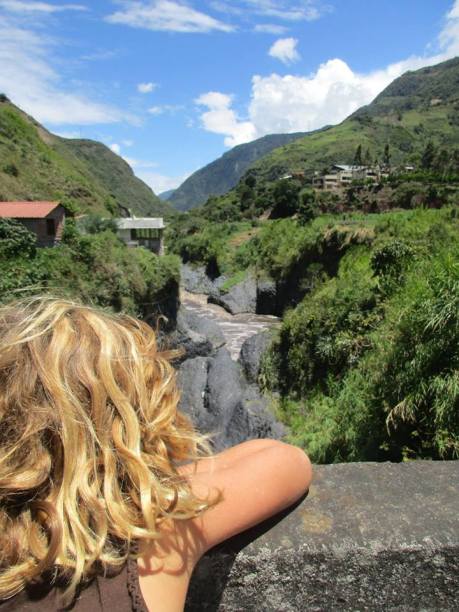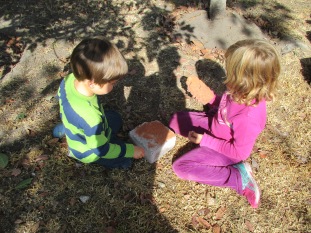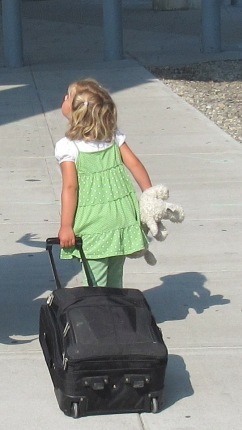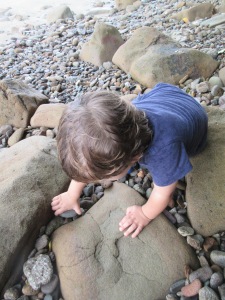
It is never to late to be what you might have been. – George Elliot
In February of 2015 my partner and I sat down to discuss our plans for the future. We were happy with the life we had chosen, but always wanting to live as authentically and consciously as possible, we asked ourselves, “Are we really living a more conscious life?”
We had always wanted to raise our children abroad and expose them to the wider world and we had been fortunate enough to make that happen. But to do that, we had moved into an old, debilitated condominium, in a developing country, and our world had gotten much, much smaller. We loved our lives there, but we were sacrificing some of our other values. What about our value of diversity? Our value of responsible stewardship of the earth? Our desire to be the ones to pass our values on to our children?
We sat down to come up with a plan – an ideal situation that would allow us to live all of our values, or at least as many of them as we could, at once, and this plan led us to the idea of starting our own eco-guest house.
It would be an opportunity for us to build a place where eco-conscious travellers from all over the world could gather and share ideas, while keeping us abroad and allowing us to home-school our children and spend more time together as a family. We would have a farm. Prepare fresh, natural food from local ingredients. We would welcome and break bread with families from different countries, cultures and backgrounds. We would make our dream a reality.
A month later in March of 2015, we serendipitously stumbled into, what seemed at the time, an opportunity of a lifetime. Another family, with a similar dream, had a guest house for lease, one that they had built, loved, grew and were now ready to pass on to other hands. We jumped at the chance.
And so, by July of that same year, we had moved in and were the official managers of our (temporarily) very own eco-guest house. It seemed to good to be true. And in some ways it was. But now, looking back, two years later, I am amazed that we made it happen and grateful for the experience and the life lessons we learned.
LESSON NUMBER 1: Sometimes just defining, and taking small steps towards, your dreams, opens doors you may not have seen otherwise.
If we had not had the conversation we’d had in February; and I had not typed “Running an Eco-Guest House” into a Google Search bar in March, we never would have found the advertisement of a guest house for lease. Just taking the small step of defining and researching the direction you want to go, may lead you to opportunities to get there.
LESSON NUMBER 2: Things are not always what they seem; every experience has layers.
When we dreamed of an eco-guest house, we thought about working on the farm with our children; serving delicious, healthy meals to weary travellers; sharing travel stories; contributing to the local community and adding to our own travel experiences.
What we didn’t realize was that running a guest house also involves scrubbing a lot of bathrooms, dealing with a host of local regulations, managing local staff (who may not like being managed by foreign owners) and weighing the cost of closing down when you want to get away, even for a long weekend.
LESSON NUMBER 3: If you stay positive, you can make the most out of any situation.
While the above was all a part of our experience, we also woke up every day in a beautiful valley, surrounded by mountains with waterfalls just minutes away. Our children learned to farm, guide tours and make soap. We met kind, adventurous people from all over the world. We successfully ran an eco-guest house, in a Spanish-speaking country, we’d never lived in before, and had an amazing experience doing it.
LESSON NUMBER 4: Even if you don’t get what you wish for, you may still get what you need.
We went into this experience with a dream of owning our own eco-guest house one day. We came out of it re-thinking our future plans. But even though the experience wasn’t what we had envisioned, or ultimately, what we want for ourselves, it was an incredible learning experience and allowed us to see our dream in all its reality.
Have you ever wondered if you are living your most conscious life? Have you sat down and defined your values and goals and compared them with where you are now? If you haven’t, even if some changes would be difficult, if not impossible, to implement, going through this exercise could lead to small changes, or give you some ideas, of how you can live your own more conscious life. Why not try today?
Thanks for Reading!
Sharon, Author, The Conscious Parenting Notebook







